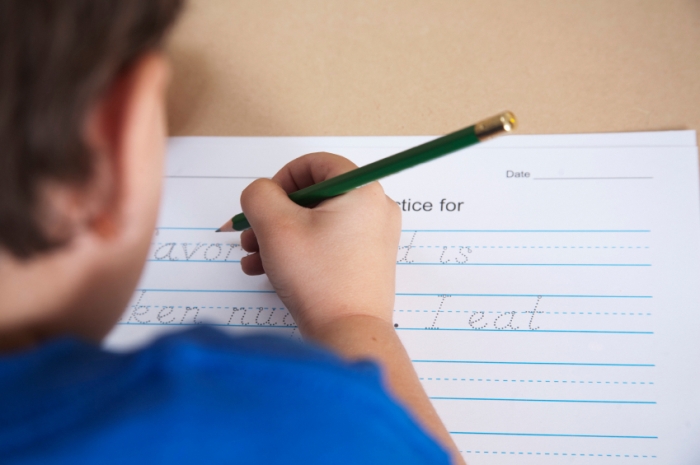 I don’t think he signed up for this. In fact, I often wonder if he knew what life would really be like with me as a work-at-home homeschooling mom – if he would have turned tail and run for the hills. But so far – thankfully – my husband maneuvers through the days with me, never knowing how many hours I’ll be spending in the office each week, whether or not supper will be ready when he walks through the door, or if I am on the verge of a freak-out moment because somehow in the next 9 hours I have to create lessons for the kids, edit 40 pages, and write three articles. Forget about the dust and the laundry. Oh – and sleep somewhere in there, too.
I don’t think he signed up for this. In fact, I often wonder if he knew what life would really be like with me as a work-at-home homeschooling mom – if he would have turned tail and run for the hills. But so far – thankfully – my husband maneuvers through the days with me, never knowing how many hours I’ll be spending in the office each week, whether or not supper will be ready when he walks through the door, or if I am on the verge of a freak-out moment because somehow in the next 9 hours I have to create lessons for the kids, edit 40 pages, and write three articles. Forget about the dust and the laundry. Oh – and sleep somewhere in there, too.
Your Spouse Can Be the Best Asset to Your Work-At-Home Job
Spouses of work-at-home parents are often the unwitting business partners. No one can truly know the chaos working at home might bring to the entire family – so unwitting has to at some point move to either unflappable [he expects life to be crazy and embraces it] or unwilling [this crazy life is too much for him].
Work-at-home mom is redundant. It implies that there are moms, and then there are moms with jobs that require work. However, I still can recognize the inherent differences and I consider myself a work-at-home mom because I have outside work for which I am responsible (and I don’t mean the lawn – although I am responsible for that, too). As a work-at-home mom I spend a good chunk of time at the computer writing, on the sofa editing, and in the kitchen sticking notes on the counter as I brainstorm my way through the supper dishes. For the most part I cloud commute, rarely meeting clients face-to-face. Add in to these responsibilities my main job as Mom, and homeschool Mom on top of that, and I absolutely couldn’t do it without the cooperation of my husband.
Along the way I’ve developed some strategies and realized some important lessons when it comes to work and my most valuable partner – my husband.
Be Proactive
Being a work-at-home mom requires the scheduling dexterity of a time-savvy ninja and the energy of an 8 year-old who was fed caffeinated pop at Grandma’s. Don’t wait until you are frustrated with an overload and you explode sticky notes and dirty laundry all over the place. Let your partner know when you need help, or when he should probably just wash his own socks and underwear.
Be Specific
Don’t just say you have work to do and you need some quiet time. Say, “I have at least 3 hours of editing (or whatever your task might be). Please take the kids out of the house from 4-7 so that I can complete this work and meet my deadline.” If you need his help finishing the load of laundry, doing the dishes, or driving the kids to and from practice, be specific and don’t expect him to read your mind and your hectic schedule.
Be Thankful
If your partner listens to your needs or anticipates your needs and actively helps you accomplish what you need to do, let him know! Tell him right away how much you appreciate his efforts. Then make sure you also regularly acknowledge those efforts by reciprocating in some way. Sometimes I even just tuck notes inside my husband’s briefcase that let him know I noticed and I appreciate him.
Be Present
If you say that you have 3 hours of work to complete that evening, don’t suddenly look up after spending 5 hours at the computer and wonder why he might be upset. Make sure you find a way to devote time and energy to your partner like he sees you devoting to your work. I appreciate it when my husband comes home from work and puts the laptop away for the evening and devotes time to us as a family. It can be challenging when my work always just seem to be here for me to do the same, but I need to be conscious of not letting the lines between work and family get too blurred.
Working at home while actively being a mom is rewarding, exhausting, and empowering. Without the support of my husband, it would be too overwhelming to do each day, and impossible to do well at all.











